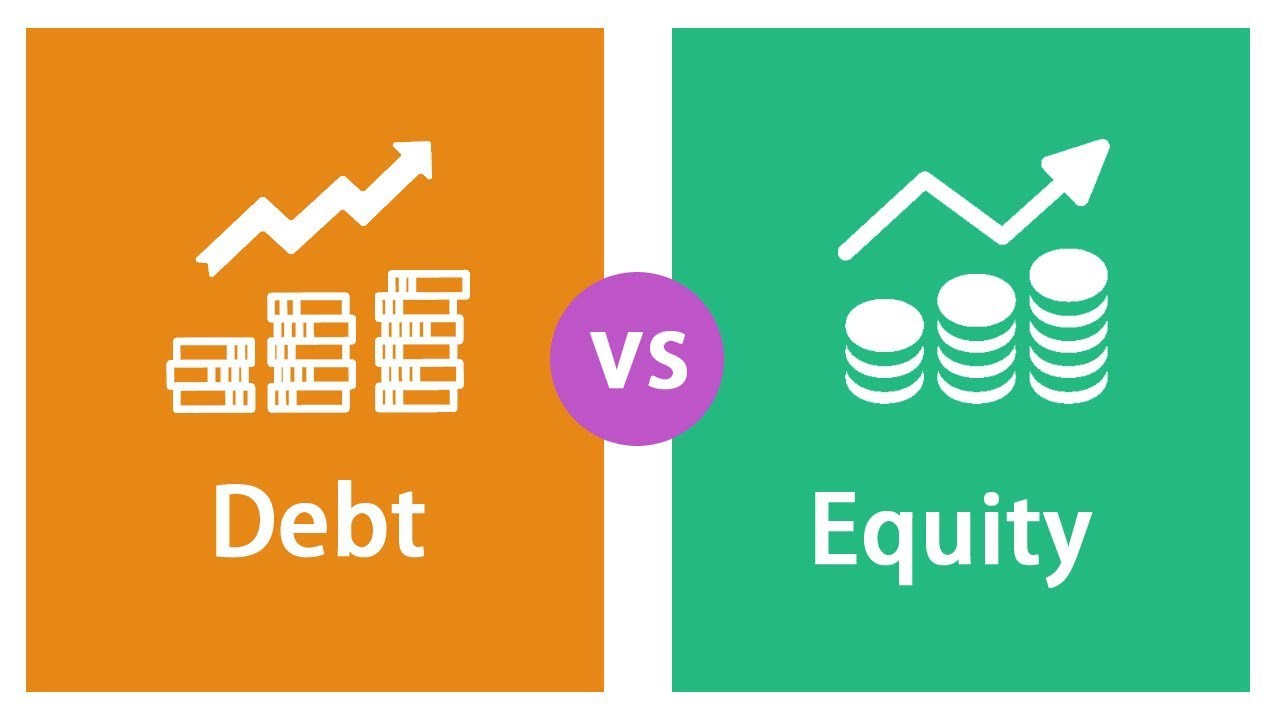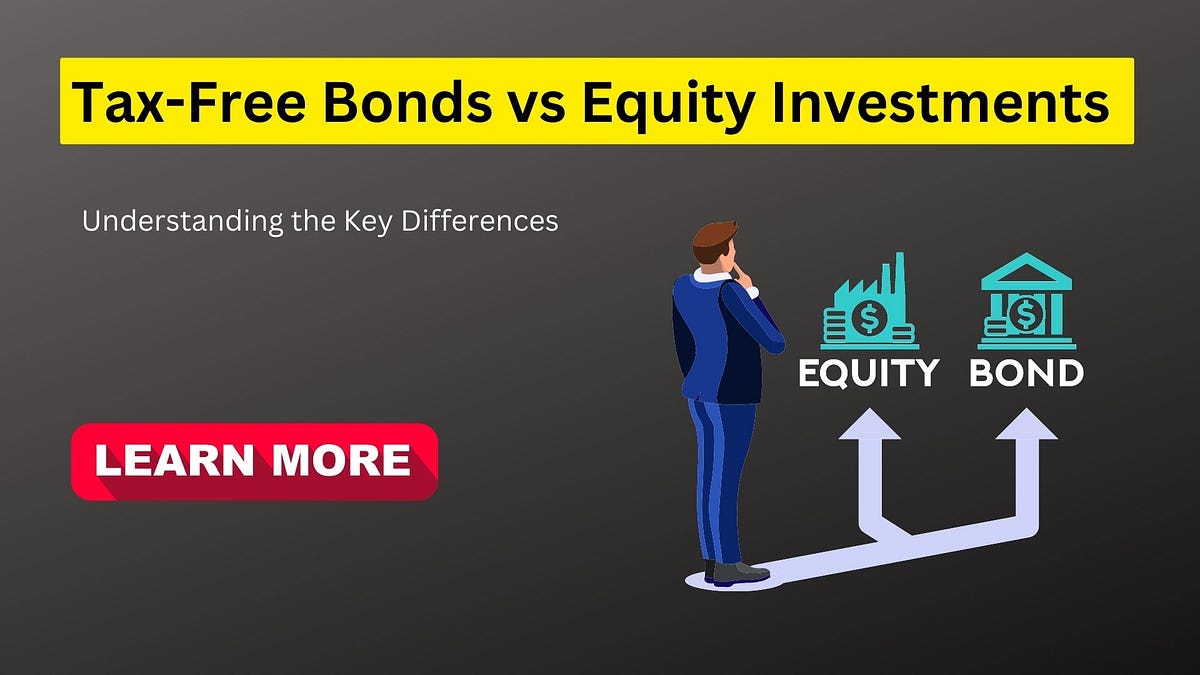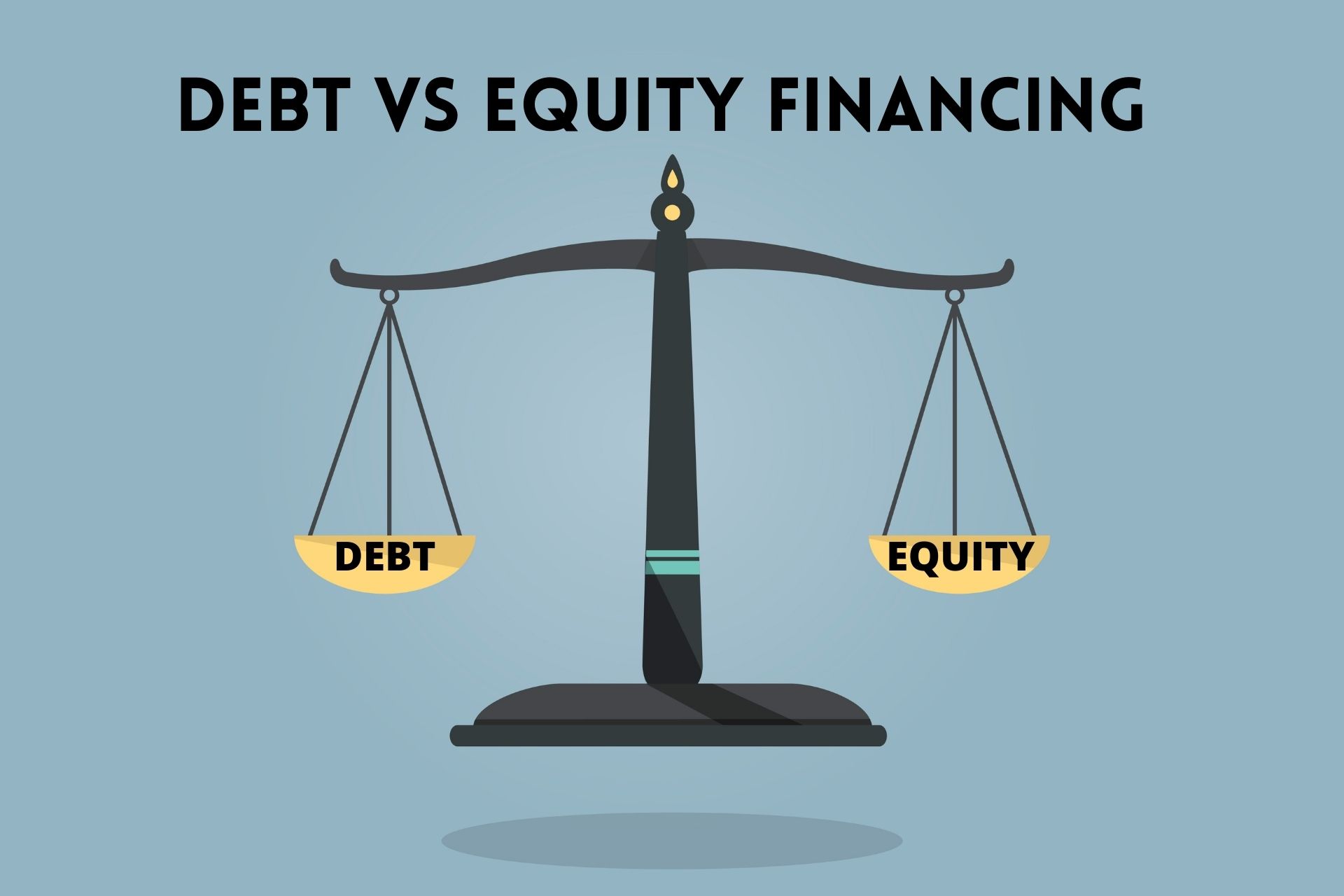Home>Finance>What Is The Difference Between Debt Financing And Equity Financing?


Finance
What Is The Difference Between Debt Financing And Equity Financing?
Published: January 3, 2024
Understand the contrast between debt financing and equity financing in the world of finance. Learn which option is best suited for your business.
(Many of the links in this article redirect to a specific reviewed product. Your purchase of these products through affiliate links helps to generate commission for LiveWell, at no extra cost. Learn more)
Table of Contents
Introduction
When it comes to funding a business or a project, there are two primary options to consider: debt financing and equity financing. Both debt and equity financing provide the necessary capital to support your financial needs, but they differ significantly in terms of structure, ownership, and repayment methods.
Debt financing involves borrowing money from a lender or financial institution, often in the form of a business loan or a line of credit. The borrower is required to repay the principal amount along with interest over a predetermined period. On the other hand, equity financing involves selling a portion of ownership in the business to investors in exchange for capital. Instead of making fixed loan repayments, the investors receive a share of the profits.
In this article, we will explore the differences between debt financing and equity financing, helping you understand which option might be most suitable for your business needs. By providing an overview of the key characteristics, advantages, and disadvantages of each financing method, we hope to assist you in making an informed decision.
Debt Financing
Debt financing involves borrowing money from lenders or financial institutions to fund business operations or projects. It is a common method used by businesses to acquire capital without diluting ownership. Here are some key points to understand about debt financing:
- Loan Structure: Debt financing typically involves the borrower obtaining a loan with a specific repayment plan. The loan is provided based on factors such as creditworthiness, collateral, and interest rates. The borrower is required to make regular payments, including both principal and interest, over a fixed period.
- Interest: Lenders charge interest on the borrowed amount, which represents the cost of borrowing. The interest rate can vary based on the borrower’s creditworthiness, prevailing market rates, and the duration of the loan. It is crucial to compare different loan offers and negotiate favorable interest rates to minimize the cost of borrowing.
- Ownership and Control: Debt financing does not involve the sale of ownership in the business. The borrower retains full control over business operations and decision-making processes. The lender does not have any rights or claim to the business’s profits or assets beyond the terms of the loan agreement.
- Collateral: In some cases, lenders may require collateral, such as real estate, inventory, or equipment, to secure the loan. This provides a level of reassurance to the lender that they can recover their investment in the event of default. However, not all loans require collateral, and alternative options, such as unsecured loans, may be available.
- Tax Benefits: One advantage of debt financing is the potential tax benefits. The interest paid on business loans is often tax-deductible, reducing the overall taxable income. This can lead to significant savings for businesses, especially during times of high interest payments.
Debt financing can be an attractive option for businesses that prefer to maintain full ownership and control over their operations. With a clear repayment schedule and fixed interest rates, it provides a structured approach to managing financial obligations. However, it is essential to consider the impact of debt on the business’s overall financial health, as excessive borrowing can lead to increased risk and higher interest expenses.
Equity Financing
Equity financing involves selling a portion of ownership in a business to raise capital. In this method, investors become shareholders in the company, contributing funds in exchange for equity. Here are some key points to understand about equity financing:
- Ownership and Control: Equity financing involves selling ownership in the business to investors, who become shareholders. The amount of ownership the investors receive is proportional to the capital they invest. This means that as the business owner, you will have to share control over decision-making processes with the shareholders and may need their consent for major business decisions.
- Profit-Sharing: Unlike debt financing, where interest payments must be made, equity financing involves sharing the profits of the business with the investors. The shareholders receive a portion of the profits as determined by the ownership percentage they hold. This profit-sharing arrangement continues for the life of the business unless specific agreements or buyback options are in place.
- Risk Sharing: Along with sharing profits, equity financing also distributes the risk of the business. Investors assume a portion of the risk associated with the business’s success or failure. If the business fails, investors may lose their entire investment, while if it succeeds, they stand to gain a return on their investment.
- No Fixed Repayment: Unlike debt financing, equity financing does not require regular fixed payments. Instead, the investors’ return on investment comes from the business’s success in generating profits. This can be advantageous for businesses that need flexibility in their financial obligations, especially during the early stages of development.
- Long-Term Commitment: Equity financing typically involves a long-term commitment from the investors. They become long-term stakeholders in the business and may expect a say in the company’s strategic decisions. This can be beneficial for businesses looking for not only financial resources but also expertise and guidance from experienced investors.
Equity financing can be an appealing option for businesses that require significant capital and are willing to share ownership and control with investors. It provides an opportunity to bring in knowledgeable investors who can contribute not only financially but also with their expertise and industry connections. However, it’s vital to carefully consider the impact of diluting ownership and profit-sharing arrangements before deciding on equity financing.
Key Differences between Debt Financing and Equity Financing
While both debt financing and equity financing serve as methods to secure funding for businesses, there are several crucial differences between the two. Understanding these differences is essential in determining which option is most suitable for your financial needs. Here are the key distinctions between debt financing and equity financing:
- Ownership: Debt financing does not dilute ownership in the business, as it involves borrowing money that needs to be repaid. In contrast, equity financing involves selling a portion of ownership in the business to investors, resulting in shared ownership and control.
- Repayment: Debt financing requires regular fixed payments, including both principal and interest, over a predetermined period. The borrower has a legal obligation to repay the borrowed amount. In equity financing, there is no fixed repayment schedule. Investors share in the profits of the business, and their return on investment comes from the success of the business.
- Risk: Debt financing places the burden of risk primarily on the borrower. If the business fails, the borrower is still obligated to repay the loan. Equity financing distributes the risk among investors, who may lose their investment if the business fails but do not have an obligation to repay the invested capital.
- Control: With debt financing, the borrower retains full control over business operations and decision-making processes. Lenders do not have any say in the business’s operations beyond the terms of the loan agreement. Equity financing involves sharing control with the investors who become shareholders and have a say in strategic decisions.
- Profit-Sharing: Debt financing involves paying interest on the borrowed amount, which is a cost for the borrower. In equity financing, investors share in the profits of the business based on their ownership percentage. While debt financing requires fixed interest payments, equity financing allows businesses to share the success of the business with investors.
Ultimately, the choice between debt financing and equity financing depends on various factors such as the business’s financial position, growth goals, and desired level of ownership and control. It is crucial to carefully evaluate these factors and consider the potential implications of each financing method before making a decision.
Factors to Consider in Choosing Debt or Equity Financing
When deciding between debt financing and equity financing, it is important to consider various factors to make an informed choice that aligns with your business’s needs and goals. Here are some key factors to consider:
- Financial Position: Assess your current financial position and determine the amount of capital you require. If you have a strong credit history, sufficient cash flow, and the ability to make regular fixed payments, debt financing may be a viable option. On the other hand, if you need a significant amount of funding and are willing to share ownership and control, equity financing might be more suitable.
- Growth Objectives: Consider your growth objectives and the potential impact on your ownership stake. If you prefer to maintain full ownership and control over your business, debt financing might be the better choice. However, if you are seeking not only capital but also expertise and industry connections, equity financing allows you to bring in experienced investors who can contribute to your business’s growth.
- Risk Tolerance: Evaluate your risk tolerance and the level of risk you are willing to take on. Debt financing poses less risk to your ownership stake as it does not involve sharing ownership or profits. However, it comes with the obligation to repay the borrowed amount. Equity financing shares both the risk and rewards of the business with investors, but it may result in dilution of your ownership.
- Financial Obligations: Consider your ability to make fixed payments and the impact on your cash flow. Debt financing requires regular payments that include both principal and interest, which can affect your cash flow. Equity financing does not involve fixed payments, but you may need to share a portion of profits with investors.
- Long-term Relationship: Think about your long-term relationship with investors. Equity financing involves sharing ownership and control with investors, which means that their involvement extends beyond the initial funding. Evaluate whether you are comfortable working with investors and their potential influence on strategic decisions.
It is important to carefully evaluate these factors and consider the short-term and long-term implications before deciding between debt financing and equity financing. Don’t rush the decision-making process and seek professional advice to ensure that your choice aligns with your business’s financial goals and objectives.
Conclusion
Choosing between debt financing and equity financing is a critical decision that can have significant implications for your business. Debt financing allows you to borrow money to fund your operations or projects while retaining full ownership and control. On the other hand, equity financing involves selling a portion of ownership to investors in exchange for capital and potentially benefiting from their expertise and connections.
When making this decision, it is important to consider factors such as your financial position, growth objectives, risk tolerance, financial obligations, and long-term relationships. Evaluate your business’s current and future needs, determine the amount of capital required, and assess your ability to make fixed payments or share profits and control with investors.
Debt financing may be more suitable if you prefer to maintain full ownership and are comfortable with structured loan repayments. It can provide access to capital while allowing you to retain control over your business’s operations. Equity financing, on the other hand, may be the better choice if you require a significant amount of funding, seek the expertise of investors, and are willing to share ownership and control.
Ultimately, the choice between debt financing and equity financing depends on your specific circumstances and goals. Consider the advantages, disadvantages, and potential implications of each financing method carefully. It is also advisable to consult with financial advisors or experts who can provide guidance tailored to your business’s unique needs.
Remember, the right financing option can play a crucial role in your business’s success, so take the time to thoroughly evaluate your options and make the decision that aligns with your long-term vision and financial objectives.














